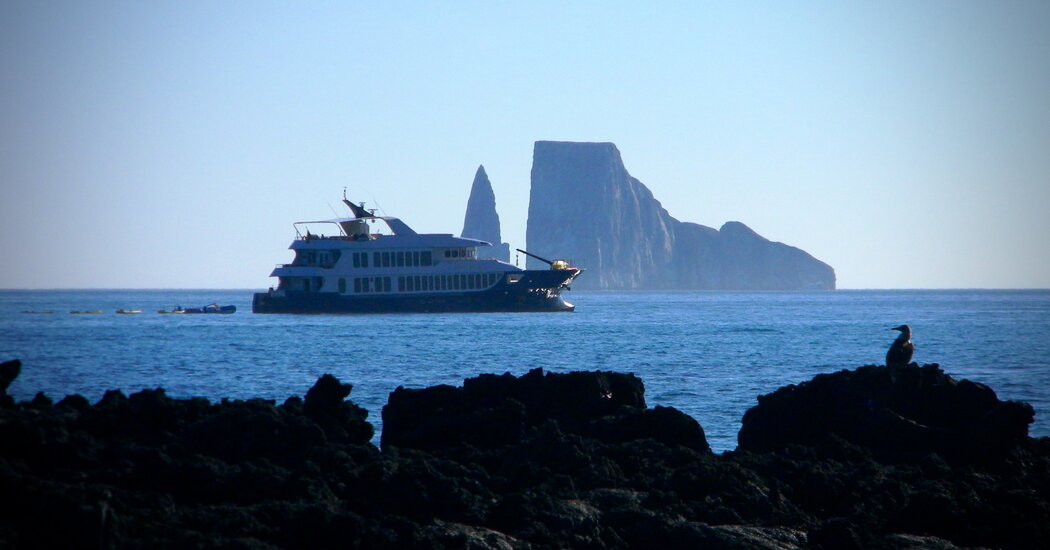Asking questions, vetting answers
Choice begins with research into the issues affecting the destination and asking questions of travel operators, according to C.R.E.S.T.’s responsible travel tips. Most companies that are working to protect the environment and support local communities will be transparent about it.
“I should be able to ask questions and they should have answers and know where to direct me,” said Erin Green, an agent with Pique Travel Design, based in Excelsior, Minn., who is on the sustainability committee of Virtuoso, the travel agency consortium. “If not, it tells me sustainability might not be a central tenet of their business.”
Answers should go beyond eliminating plastic straws and reducing laundry, which she calls “gimmes.”
“I’m looking for a specific attainable goal like cutting back emissions or going carbon neutral. Where is their staff from? Are they working with local communities? Where is the food coming from?” Ms. Green said.
Among operators, she singles out Lindblad Expeditions, the expedition cruise company, which pioneered non-research-related travel in Antarctica and the Galápagos in the 1960s, went carbon neutral in 2019 and serves sustainably sourced seafood (10-day Galápagos trips, from $7,710). Quark Expeditions has hired Inuit chefs on its summer cruises in Greenland and Canada, and Ponant recently launched a hybrid electric ship operating in the polar regions.
On land, Big Five Tours & Expeditions, which blends culture and adventure in trips to Africa, South America and other places, champions social sustainability by patronizing locally owned safari camps in Kenya, for example; its safari listings include an “Elephant Ranking,” representing each African country’s sustainability achievements. Natural Habitat, which runs wildlife-watching expeditions, has been carbon neutral since 2007, and in 2019 operated the first net-zero-waste trip in Yellowstone National Park.
For budget travelers, she recommends G Adventures, which has a “ripple score” for most trips that evaluates how much of the company’s trip expenses stay in the destination (it doesn’t score its Arctic or Antarctic expedition cruises). Trips with a score of 100 percent include an eight-day tour of the Galápagos (from $3,199 a person) and 13 days in Vietnam (from $1,999).
Click Here to Read the Full Original Article at NYT > Travel…
